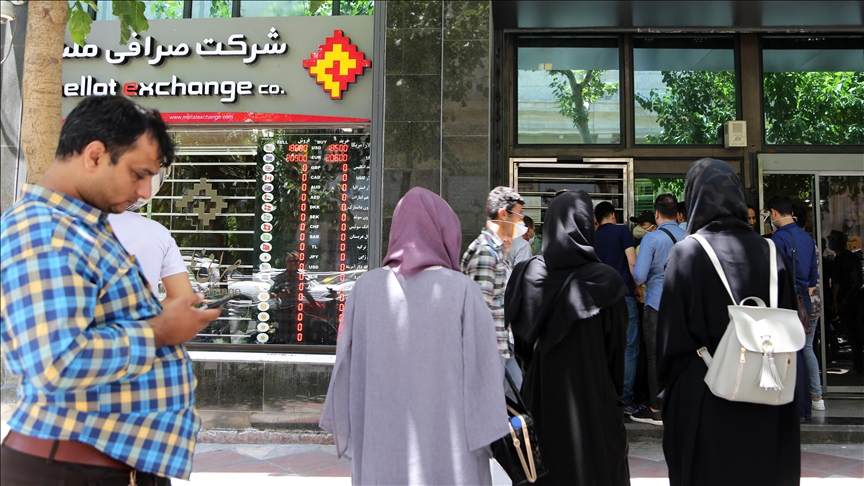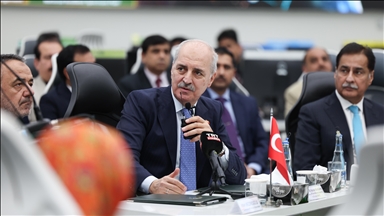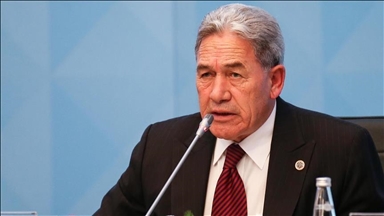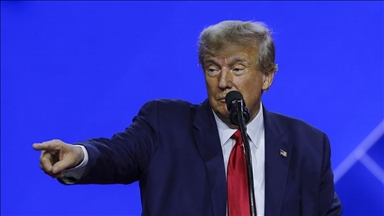Iran's currency hits all-time low amid nuclear deal standoff
Iranian rial has seen tenfold drop in value in last five years amid tensions with West
 FILE PHOTO
FILE PHOTO
TEHRAN, Iran
The Iranian currency plummeted to an all-time low against the US dollar on Sunday amid soaring inflation and a nuclear deal standoff.
The fledgling rial dropped to 332,000 against the greenback for the first time in Iran’s history, with foreign currencies fiercely rallying against it.
The currency has seen more than 25% devaluation since March and an almost tenfold drop since 2017, sending ripples of fear and shock across the sanctions-hit country.
The latest fall comes amid a stalemate in nuclear deal talks between Iran and the West and days after the UN nuclear watchdog's 35-member board of governors adopted a resolution censuring Iran over its nuclear activities.
In response, Iran announced that it was turning the International Atomic Energy Agency's surveillance cameras operating beyond the safeguards agreement offline and feeding gas into advanced IR-6 centrifuges, marking a fresh escalation in tensions with the West.
The Iranian currency has official and unofficial rates. While the unofficial rate has dramatically spiked in recent years, the official rate set by the state-run bank remains unchanged at around 42,000.
Rial has seen a tenfold decrease in value since 2017 when it traded at around 33,000, which market analysts have attributed to both internal and external factors.
In 2015, when Iran and the US signed the landmark nuclear deal, the rial traded at about 35,000. The staggering fall was triggered by former US President Donald Trump's move to pull his country out of the accord and reimpose sanctions on Iran.
Talks between Iran and world powers to revive the deal have been paused over key disagreements between Tehran and Washington.
The last time Iran's currency hit the 330,000 mark on the unregulated free market was in October 2020 amid tensions with the US and the third wave of the COVID-19 pandemic.
In December last year, after the rial briefly hit the 300,000 mark, Iranian President Ebrahim Raisi instructed officials to identify elements he believed were interfering in the forex market.
At the time, banking officials insisted that the devaluation of the rial was not linked to the country's forex reserves, while a news agency close to Iran's top security body accused "malicious hands" of disrupting the currency market.
In recent months, inflation has surged alarmingly, with prices of basic commodities and housing touching record highs, leading to protests in some parts of the country.
Anadolu Agency website contains only a portion of the news stories offered to subscribers in the AA News Broadcasting System (HAS), and in summarized form. Please contact us for subscription options.







